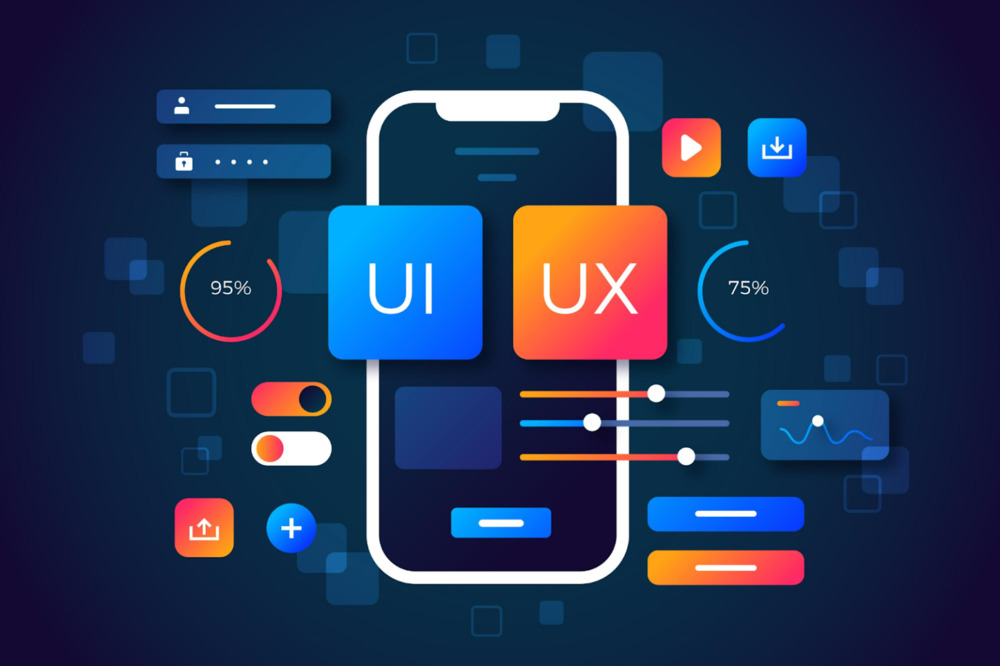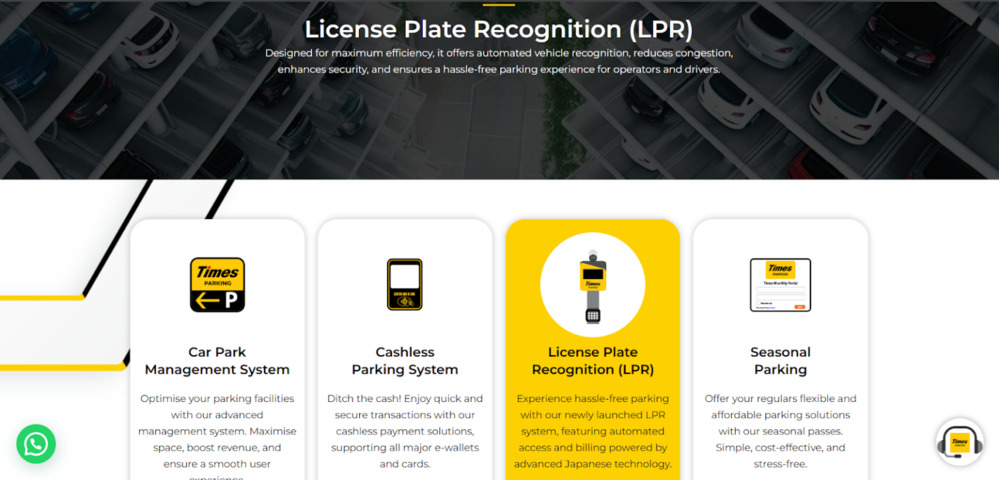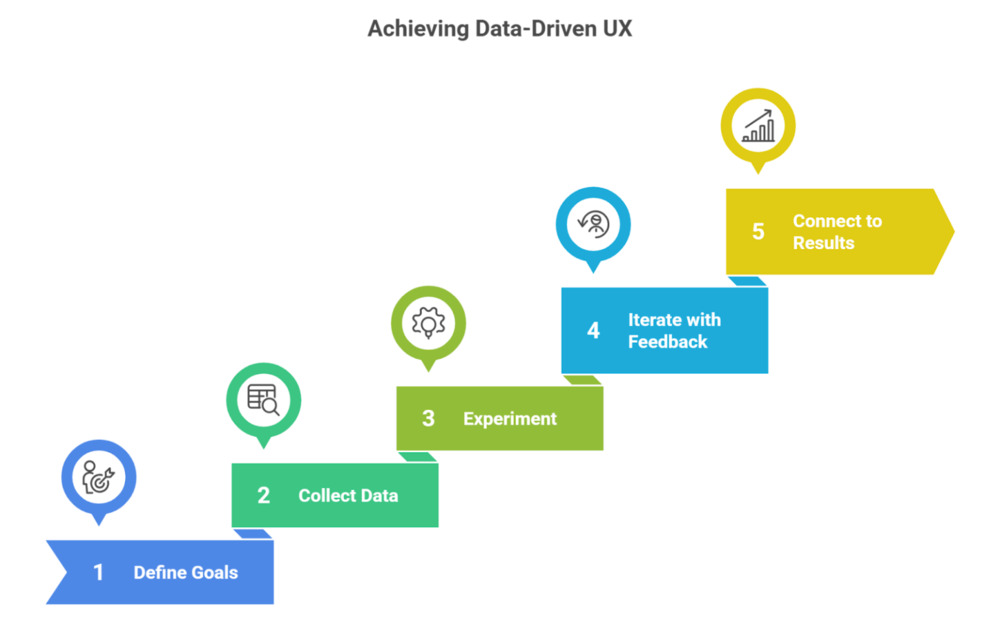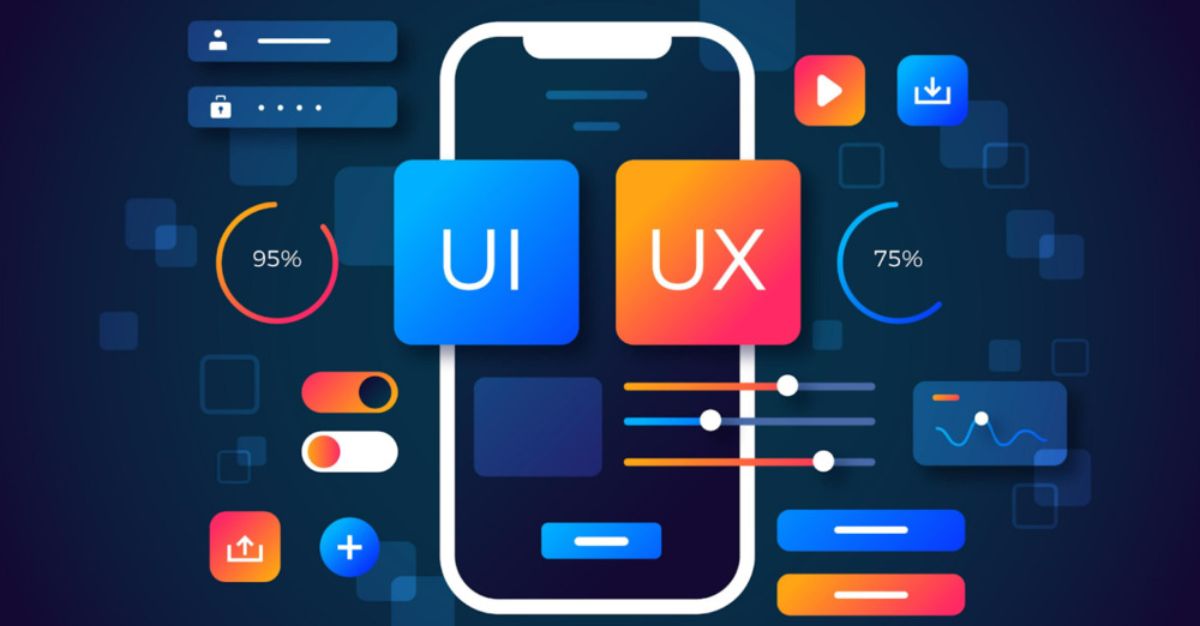Every click, scroll, and tap reveals a story about how people engage with websites. Yet many businesses still rely on gut instinct or outdated assumptions when making design decisions. That approach often leads to clunky navigation, low user engagement, and poor conversion rates.
This is where data-driven design comes in. By grounding every choice in analytics data, businesses can build experiences that reflect real user behaviour rather than guesswork.
It’s a method that blends design thinking with evidence, making every update measurable and effective.
If you’ve ever wondered “what is data driven design?”, think of it as a design approach that marries creativity with insight. It ensures that UX design, UI design, and product design work together in harmony, backed by data rather than opinions.
Table of Contents
Design Choices Backed by Real Evidence

So, what exactly is data-driven UX design?
At its core, it means collecting quantitative data and qualitative data from multiple sources: heatmaps, session replays, surveys, user interviews, and usability testing, then applying these insights to guide the design process.
The data driven design process typically includes:
- User research: understanding user needs, user preferences, and user pain points.
- Behavioural metrics: tracking clicks, scrolls, time on page, and drop-off points.
- Qualitative data: listening to direct user feedback through forms, polls, or interviews.
- A/B testing: experimenting with design variations to see which improves user satisfaction.
- Iterative design improvement: using findings to refine and enhance.
This blend of quantitative data and human insight helps designers create user-centric design that feels intuitive and effective.
Want a head start? Explore our article on UX testing tools to see how you can measure user interactions effectively.
Heatmaps, Clicks and Journeys That Reveal the Truth
Analytics tools open a window into how people move through a site. Platforms like Google Analytics 4, Hotjar, and Crazy Egg allow teams to see where attention flows, where confusion starts, and where users abandon journeys.
For example, heatmaps highlight where user interaction is highest, while usability testing uncovers barriers during checkout. Pairing these with website analytics gives a full picture of the user journey.
- Heatmaps show which elements get the most clicks.
- Session replays capture real user behaviour on-page.
- A/B testing highlights what design variation delivers better conversion rates.
- User research and user feedback ensure findings are grounded in real-world context.
This evidence feeds into smarter design strategy, ensuring that every button, form, and layout supports user experience design.
Thinking of an upgrade? A mobile friendly web design ensures that your analytics-backed UX decisions translate seamlessly across devices.
Data Driven Design Frustration to Frictionless Experiences
The benefits of applying data-driven design thinking go far beyond improved aesthetics. When analytics guides the design process, businesses see tangible results:
- Higher conversion rates as interfaces match real user needs.
- Stronger user engagement by addressing user pain points.
- Improved user satisfaction when designs are tested and refined.
- Clearer marketing performance metrics, connecting UX to ROI.
As for e-commerce, using a/b testing to refine checkout flows reduces cart abandonment. In service websites, user research might reveal that visitors value simpler menus over flashy animations. The takeaway? Better design rooted in data leads to better business.
Ready to take your online store further? Explore our E-Commerce Website solutions built with data-driven design in mind.
How We Helped Times Parking Transformed UX with Data Driven UX Design Analytics

Times Parking, a major car park management company, faced serious digital hurdles.
The Pain Points
Their site was slow, with poor design process foundations and weak technical health. Critical user research elements like mobile responsiveness and accessibility were missing.
The lack of analytics data meant they had little visibility into user behaviour or user pain points, while missing SEO best practices made their platform nearly invisible online.
The Strategy in Action
- Conducted deep user research to understand user needs and mapped the user journey.
- Installed website analytics and heatmap tools to capture qualitative data and quantitative data.
- Used A/B testing to trial design improvement options, enhancing navigation and UI design.
- Applied usability testing and user feedback loops to refine user interaction across pages.
- Implemented a modern, mobile friendly web design optimised for both SEO and digital product development.
The Proven Outcomes
- Website speed improved by 30%, creating smoother user experience design.
- Visibility skyrocketed, with key services ranking on Google’s first page.
- User engagement rose as navigation improved, boosting enquiries.
- Clearer analytics data linked changes to measurable ROI, giving the leadership team confidence in their design strategy.
Discover more about this success in the Times Parking’s project.
Five Steps to Smarter Data-Driven UX

If you’re ready to embrace data-driven design, here’s a practical roadmap:
- Define clear goals. Know what success looks like in terms of user satisfaction and conversion rates.
- Collect analytics data. Combine quantitative data with qualitative data from user testing and user interviews.
- Experiment. Run a/b testing and usability testing on layouts and features.
- Iterate with feedback. Refine designs based on ongoing user feedback and behavioural metrics.
- Connect to business results. Measure impact through marketing performance and tie improvements to ROI.
This approach ensures design decisions are always rooted in evidence, not assumptions.
Need support? Our content marketing team helps integrate analytics with storytelling to drive results.
Design Smarter, Not Harder
Data-driven design has become essential in today’s world of digital product development. By combining quantitative data, qualitative data, and continuous user research, businesses can craft experiences that are more intuitive, engaging, and rewarding.
The lesson is simple: measure, test, and adapt. With data-driven design thinking, your website becomes a living platform that grows with your audience’s expectations.
Talk to us about transforming your site into a data-led success story. Contact Newnormz today and let’s shape a UX strategy built for results.






